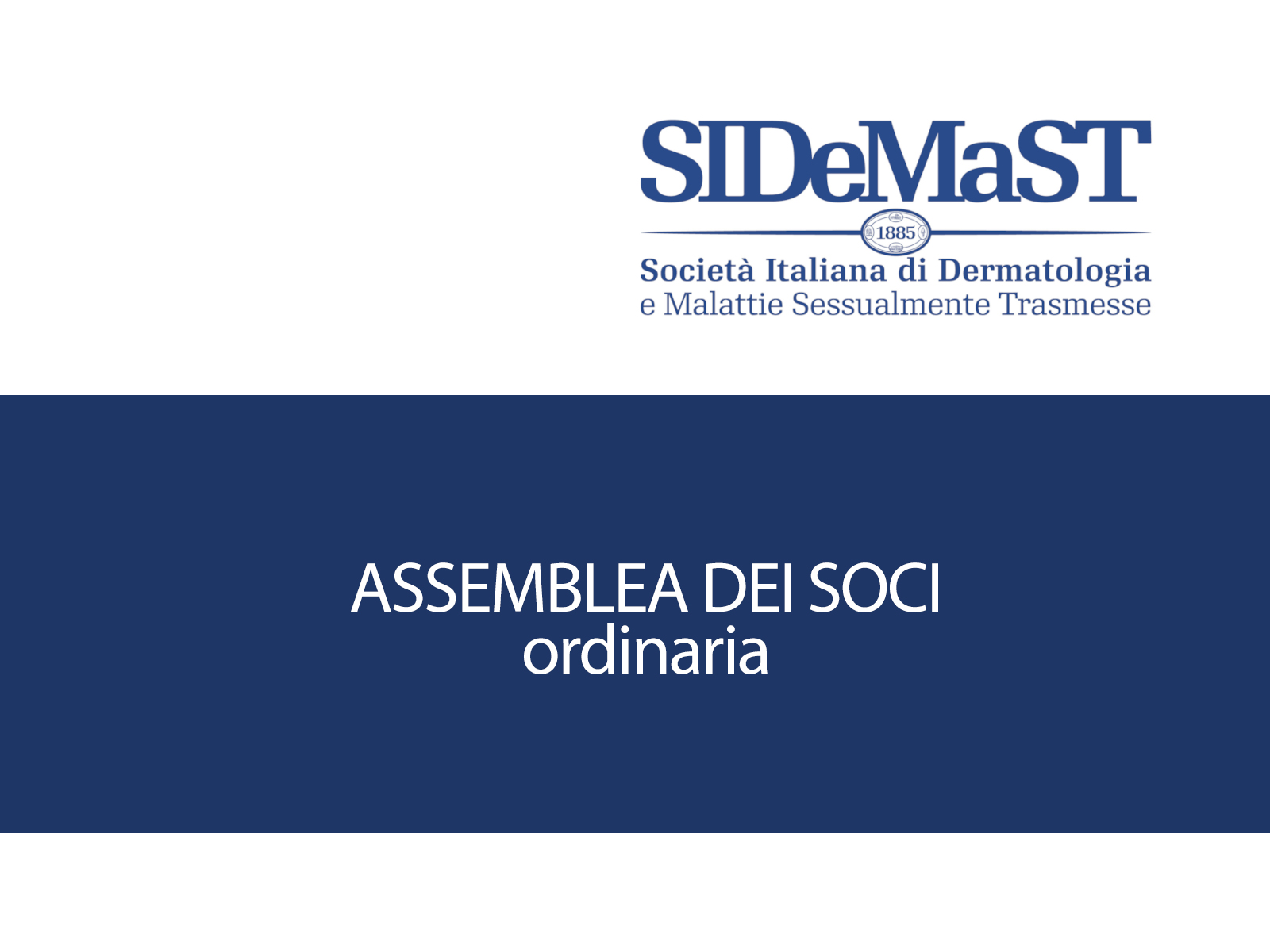People with psoriasis have a higher risk of developing type 2 diabetes than those without psoriasis, and the risk increases dramatically based on the severity of the disease, according to a study published in the Journal of the American Academy of Dermatology.
The study showed that people with psoriasis that covers >=10% of their body were 64% more likely to develop diabetes than those without psoriasis, independent of traditional risk factors such as body weight.
Applying the study's findings to the number of people who have psoriasis worldwide would equate to 125,650 new cases of diabetes attributable to psoriasis per year.
"The type of inflammation seen in psoriasis is known to promote insulin resistance, and psoriasis and diabetes share similar genetic mutations suggesting a biological basis for the connection between the two conditions we found in our study," said senior author Joel M. Gelfand, MD, University of Pennsylvania, Philadelphia, Pennsylvania. "We know psoriasis is linked to higher rates of diabetes, but this is the first study to specifically examine how the severity of the disease affects a patient's risk."
In order to measure psoriasis severity, the researchers surveyed general practitioners about body surface area (BSA) using a United Kingdom database. They looked at data on 8,124 adults with psoriasis and 76,599 adults without psoriasis over the course of 4 years, and they adjusted the samples to account for any differences in age, sex, body mass index, and other diabetes risk factors.
They found patients with a BSA of <=2% had a relative risk of 1.21 for developing diabetes. This risk increased dramatically in patients with a BSA of >=10%. That group had a relative risk of 1.64 -- or a 64% higher risk for diabetes compared with patients without psoriasis.
The researchers also found that for every 10% increase in BSA beyond the initial 10%, the relative risk increased by another 20%.
"These findings are independent of traditional risk factors for diabetes and still show a strong connection between the increasing severity of psoriasis and the increasing risk of developing diabetes, which makes a strong argument for a causal relationship between the two," said Dr. Gelfand.
He added that psoriasis BSA should be routinely measured, and patients should be targeted for diabetes prevention, especially in those with a BSA of >=10%.
Reference: jaad.2017.10.050
SOURCE: Penn Medicine







